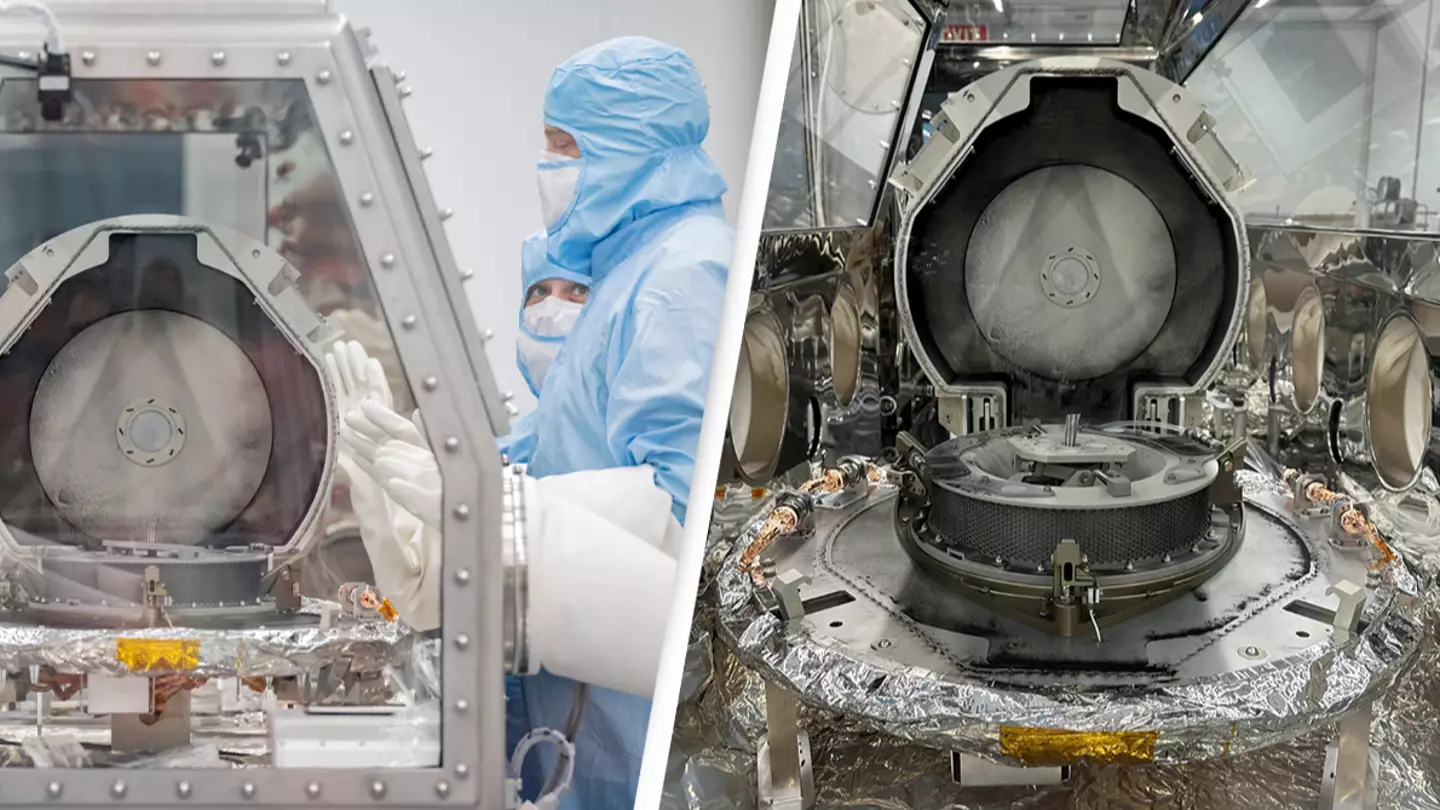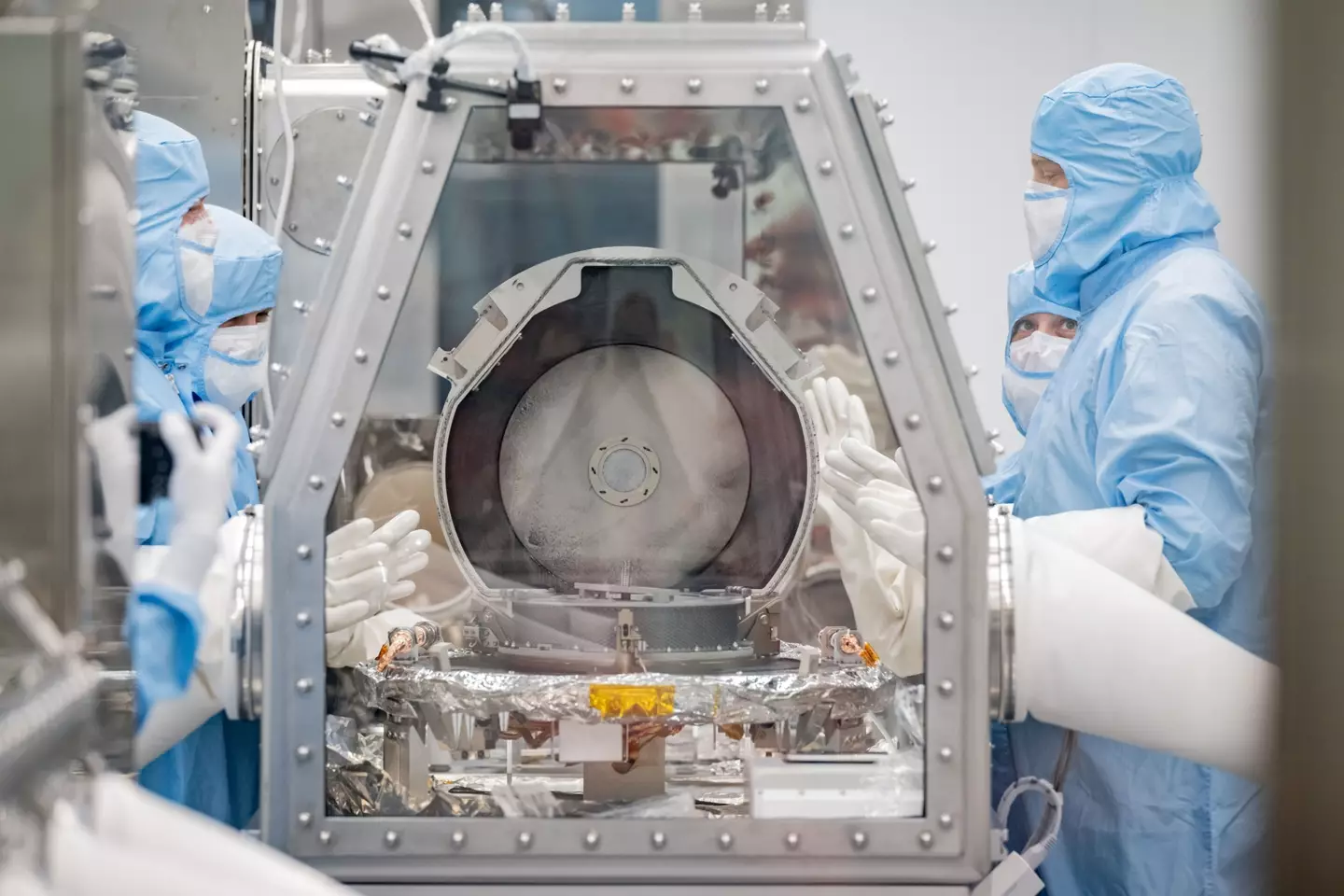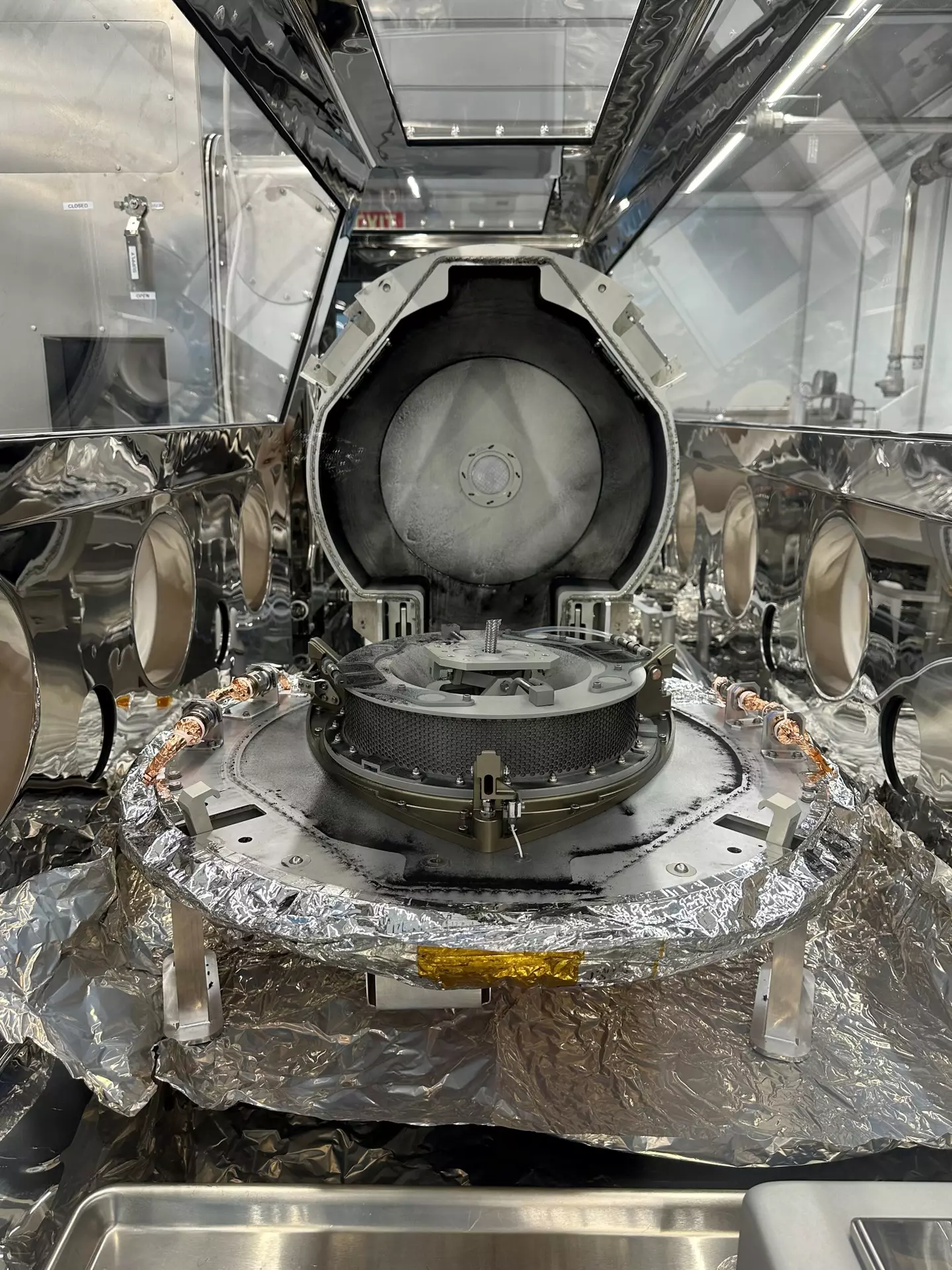
NASA scientists ‘gasped’ as they opened up a capsule containing samples from an asteroid called Bennu.
NASA’s OSIRIS-REx - which stands for Origins, Spectral Interpretation, Resource Identification and Security—Regolith Explorer - capsule was fired off into space back in 2016 to collect material from an asteroid named Bennu.
A capsule that collected almost nine ounces of rocks, dust and space-dirt from the asteroid landed back on Earth on Sunday 24 September.
Advert
Scientists hoped that the capsule could help them gain important insights into how life began.
Professor Dante Lauretta told BBC: "We're trying to piece together our beginnings.
"How did the Earth form and why is it a habitable world? Where did the oceans get their water; where did the air in our atmosphere come from; and most importantly, what is the source of the organic molecules that make up all life on Earth?"
And it seems that the experts were so excited they couldn’t help but ‘gasp’ when they finally got a glimpse of what was inside the capsule.

According to NASA Astromaterials X account: “Scientists gasped as the lid was lifted from the OSIRIS-REx asteroid sample return canister, showing dark powder and sand-sized particles on the inside of the lid and base.”
Advert
A statement from NASA explains: “NASA scientists found dark powder and sand-sized particles on the avionics deck of the OSIRIS-REx science canister when the initial lid was removed today.”
The release went on to say that the capsule was sent to NASA’s Johnson Space Center in Houston, where curation experts will "perform the intricate disassembly of the Touch and Go Sample Acquisition Mechanism (TAGSAM) to get down to the bulk sample within."

The lid of the capsule was removed inside a specially designed box.
Advert
“When the TAGSAM is separated from the canister, it will be inserted in a sealed transfer container to preserve a nitrogen environment for up to about two hours,” the statement continued.
“This container allows enough time for the team to insert the TAGSAM into another unique glovebox. Ultimately, this speeds up the disassembly process. There is a very high level of focus from the team — the sample will be revealed with an amazing amount of precision to accommodate delicate hardware removal so as not to come into contact with the sample inside.”
The sample is set to be revealed to the wider world on 11 October, which will be streamed live on NASA’s website.